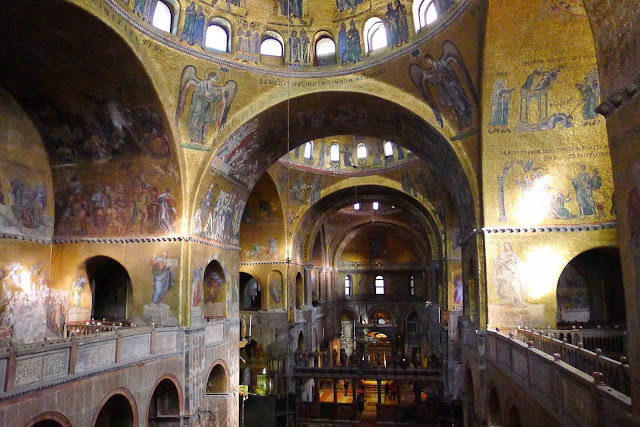Cabo Da Roca: The End of the World and Other Portuguese Towns
Aside form being home to imperial monuments and maritime wonders, Lisbon is also the entry point to several charming towns and sights. And like the rest of Western Europe, roads are organized and well-maintained, transportation is easy to find, and the spirit of adventure is high.
* Cabo da Roca, apart from being one of the most dramatic looking coastlines I have ever seen, is more famously known as the westernmost point of Europe.
* And it is dangerous! One would most certainly fall to his doom upon the rocks below, while being engulfed by powerful waves. These Instagram influencers don't seem to mind though.
* Ponta Mais Ocidental Do Continente Europeu!
* Obidos is the first stop on our day trip. Known for its castle and walls, Obidos rests on a hilltop and is one of Portugal's most famous and well-preserved medieval towns.

* The City Gate is ornately decorated by an Azulejo facade depicting the town's famous residents and historical scenes. Famous across Portugal, the Azulejo is a form of tin-glazed ceramic tile-work that is both decorative and functional as a form of temperature control in homes.
* The Walls of Obidos encircle and protect the town, using the natural features of the hill as its boundary.
* At the town's center is this delightful medieval castle, one of the hundreds of castles that dot the Iberian peninsula.
* Have a castle, will take a photo!
* The coolest feature of the castle is this cage with decorative bones (or are they real?) inside!
* Thanks to the centuries of war between the Christian Portuguese/Spaniards and the Muslim Moors, these castles could very much well have been the deciding factor between living and dying back in those days.
* Heading into the town interior, Obidos has a preserved and fully recreated medieval market.
* With such souvenirs as carving knives (or throwing knives?!)
* A host of taverns and restaurants offering "medieval" meals: featuring hog, rabbit, lamb, quail.
* Portuguese wine, including the renowned variety from Porto.
* Tapas bars served with period-authentic ambiance.
* Bird houses, the intricacy of which was impressive and perplexing at the same time.
* And numerous photo stops, with (surprisingly) less tourists!
* The town church of Santa Maria was famous as the wedding setting for King Alfonso V and Princess Isabella of Coimbra. They were married aged 9 and 10, respectively, which I guess was normal back in the day.
* Azulejo-decorated churches are quite something else!
* Of course, it wouldn't be a medieval town without horse-drawn carriages to carry willing euro-paying tourists!
* Boy they sure went all-out with the crusader-themed souvenirs!
* And replica swords, shields, chain mail, and tunics for the grown-ups!
* And before leaving, make sure to try the town specialty, Cherry Liqueur on a chocolate chip! Here for the incredible price of one euro.
* Our next stop was the beach of Nazare, famous for its seaside resorts.
* Which thanks to that day's sandstorm looked more like a fun and activity-filled desert.
* This fact did not stop us from having a couple of rounds of ice cold beer by the "beach".
* Continuing on our journey, we passed by the world-famous town of Cascais, where the richest Portuguese and in fact, Europeans, have summer homes.
* Along with the Portuguese nobility, several other royals have called Cascais home including: King Edward VIII of the UK (who abdicated for love), King Juan Carlos of Spain, and King Umberto II of Italy.
* And one of Cascais' most famous natural landmarks is the Boca do Inferno, or Hell's Mouth, which comes from the moaning / shrieking sound (resembling an army of demons) the waves and wind makes as it goes through the holes of its rocky walls.
* The "mouth of hell". Ancient townsfolk sure had very active imaginations!
* Though modern-day locals don't seem to mind!
* Our journey continues along the coast; past manicured lawns, lavish homes, and the warmth of the setting sun.




































Comments
Post a Comment